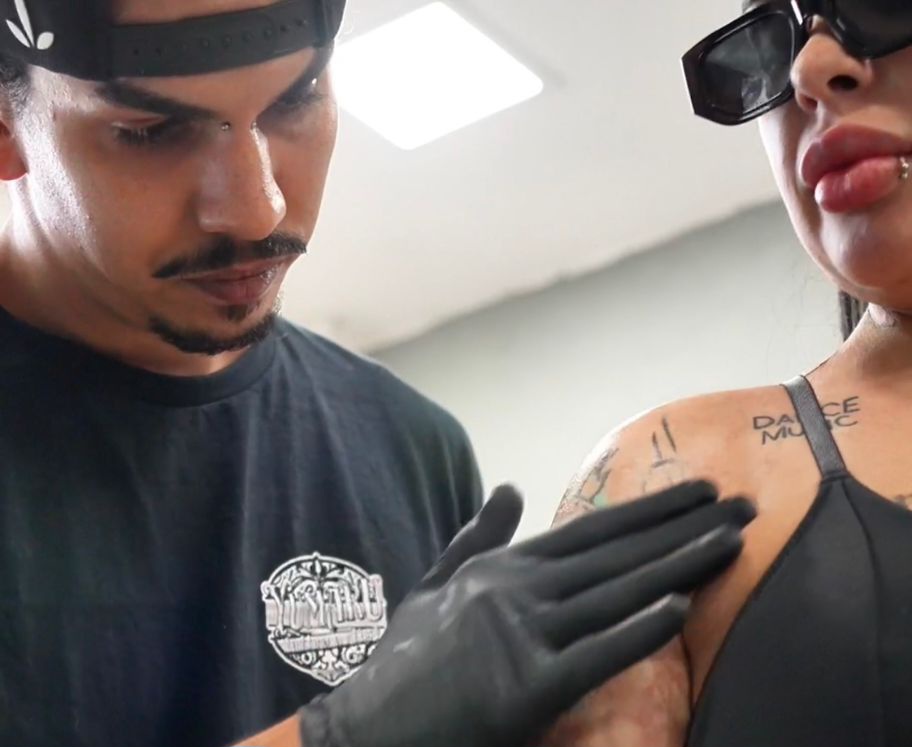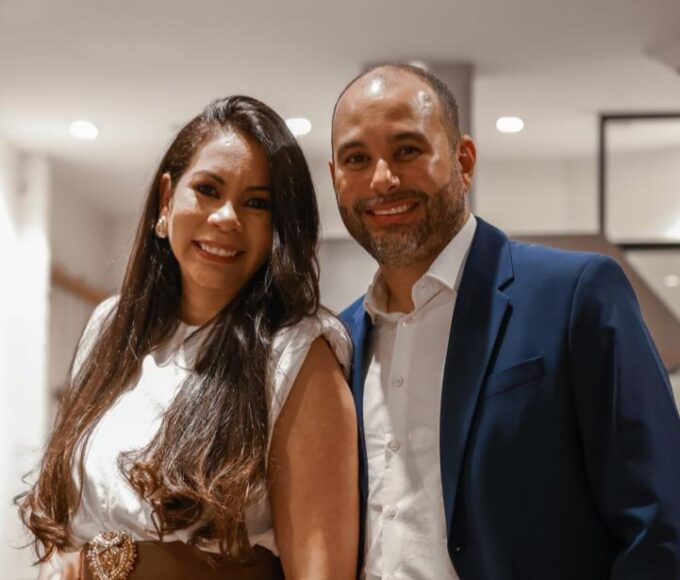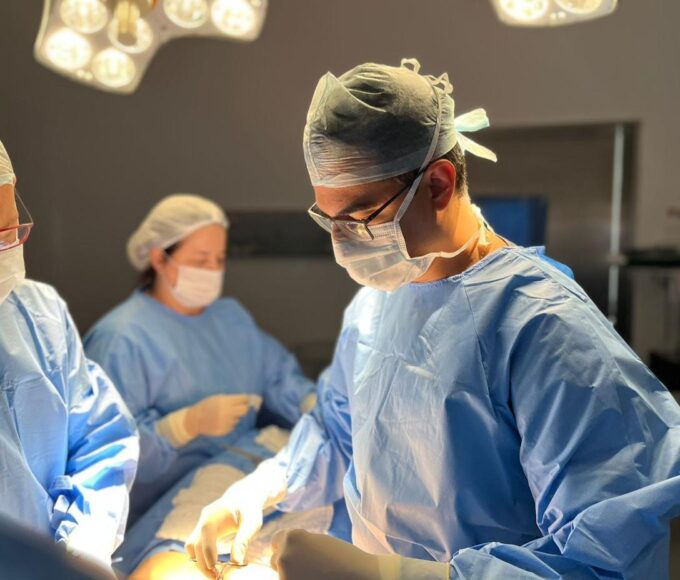Juliana’s case is still studied by doctors in Miami to this day
In an emotional account that lays bare the visible and invisible scars of a survivor, Rio de Janeiro DJ Juliana Maddeira, 30, shares her remarkable journey of overcoming a devastating fire that nearly took her life in June 2022. Enduring 21 surgeries and a 40-day hospital stay—20 of those in the ICU—Juliana faced unbearable pain as she battled despair and infection threatening her body. “The doctor pulled my father aside and said he didn’t know how I was still alive,” she recalls, visibly moved.

The fire not only damaged her health but also shattered her self-esteem, leaving deep marks on her right arm. The tattoo that symbolised her personality was tragically replaced by scars and keloids, a constant reminder of the past she wanted to forget. “You know that tattoo you used to see? It was one of those fake ones, the stick-on kind… turns out, not everything is as it seems!” Juliana reveals, sharing her inner struggle.
A Turning Point: Tattooing as Therapy
After more than a year waiting under the shadow of the past, hope was renewed through Tattoo Zero Pain and tattoo artist Yumaru. “Tattoo Zero Pain introduced me to Yumaru. To me, he’s a magician with special powers, yet undiscovered,” Juliana says, with a glimmer of hope in her eyes. Yumaru, known for his extreme cover-ups, set out to turn Juliana’s pain into art. “I’ve been tattooing for nine years, and my specialty is extreme cover-ups. For me, Juliana’s cover-up is another person who feels uncomfortable in their own skin, and my role is to relieve that pain,” the artist explains.

With an innovative process that includes regional anaesthesia, Juliana prepared to have the tattoo done without feeling pain. “I never had the courage to tattoo my arm, as it was the most affected area. But with Tattoo Zero Pain, it really is zero pain!” the DJ exclaims, now full of confidence.
The Role of the Anaesthetist: Safety and Comfort as Priorities
Vicente, the anaesthetist at Tattoo Zero Pain, highlights the importance of a hospital environment and specific anaesthetic techniques. “We work with three types of anaesthesia: General, sedation, and regional block. All our procedures are carried out in a hospital setting with the utmost comfort and safety for our clients.” He emphasises that “anaesthesia aids in the tattoo’s pigmentation; the skin receives the ink better,” a vital step to ensure that Juliana’s transformation not only heals her arm but also her soul.
“If it weren’t for Tattoo Zero Pain and Yumaru, I would never have been able to turn this page,” Juliana Maddeira concludes, reaffirming that her new tattoo is not just a cover-up but a true rebirth. Now, when she looks in the mirror, she no longer sees the flames, but a work of art that represents her resilience. Juliana’s story is a powerful testament to how the art of tattooing can be a tool for emotional healing amidst pain.















